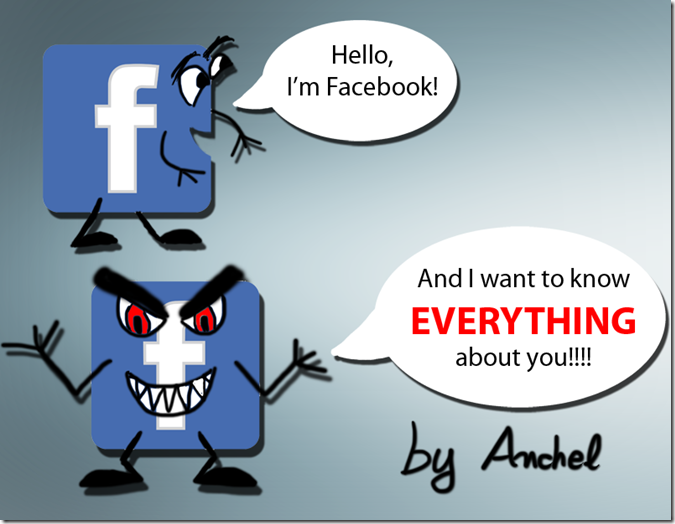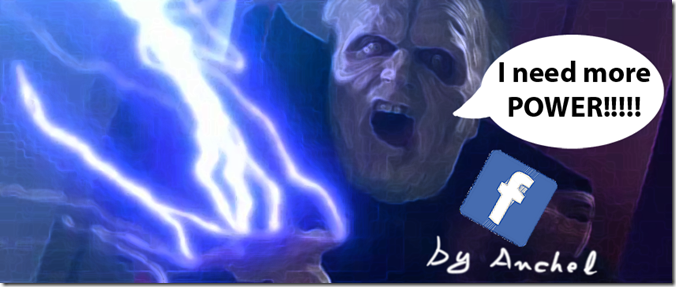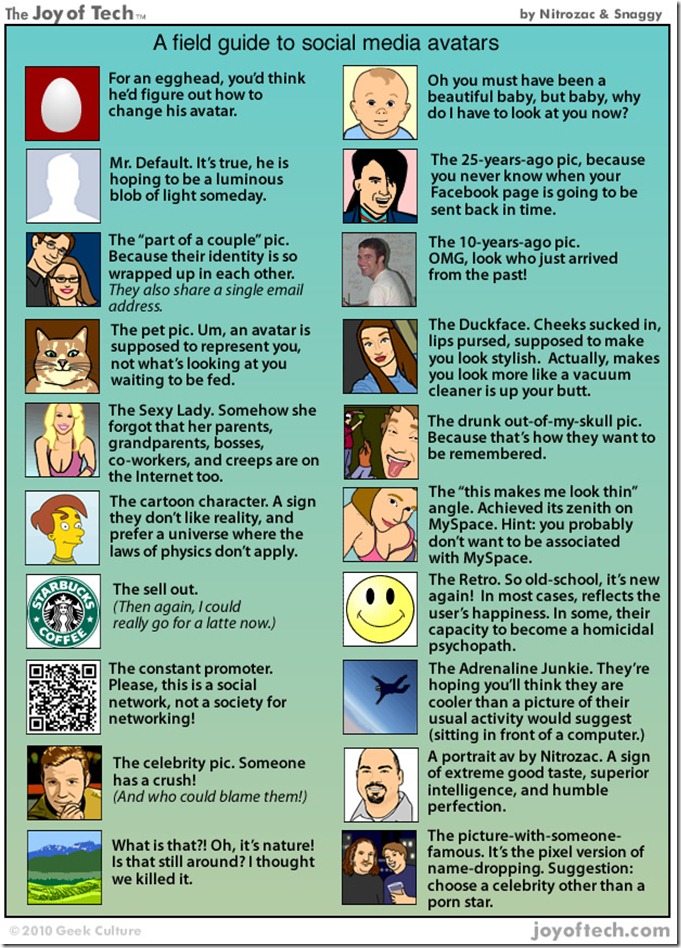I had already posted this article in Spanish on the Technology section of VOANoticias.com but since I had this English version of the article ready as well I decided to publish it here for those of you who didn’t want to use an online translator for it. Without further delay, here it is:
It’s incredible the amount of media attention Apple can get. Even since the beginning of the year the rumor machines have been churning out speculations about what the future iPhone 5 would have. But as soon as news got leaked that the Cupertino company would present its latest in October, the expectations rocketed sky high: a bigger screen, a thinner profile, no home button, a revolutionary battery…
And Apple definitely deserves the high expectations. When Apple first announced the iPhone it was a real revolution thanks to its innovative multi-touch screen and its ease of use. A year later the iPhone 3G introduced the App Store, changing forever the way people thought of phone applications. The competition rushed to catch up with this new intruder in their own space but they always released incomplete products that were not up to Apple’s standards.
But now the competition has beaten Apple. So it is Apple who has had to rush to catch up to them.
Do not take me wrong. The iPhone 4S is an excellent smartphone that follows on its big brother’s footsteps design and functionality wise. But with such high hopes on the new phone the public was not expecting an iPhone 4S, but an iPhone 5. The number change is more than just a simple perception. The improvements against the previous phone are only, simplified, faster speeds and a better photo and video camera.
With all this, is it even worth paying up for it? The answer depends on our current smartphone.
iPhone 3G and 3GS users will definitely find a lot of worthy additions, since they will get an outstanding superior screen, a front camera for videocalling, HD video recording and fast and fluid apps.
But for current iPhone 4 users, who probably bought it less than a year ago, the purchase is absolutely unnecessary. Apple has given much publicity to its new A5 processor that gives the device faster speeds. But let’s be frank: the iPhone 4 was already a pretty snappy phone that is far from getting obsolete anytime soon.
More important even is that most of the improvements on the iPhone 4S are due to its new operating system iOS5. But the good news for iPhone 4 users is that this upgrade will be absolutely free for them starting October 14th by just plugging the phone to a computer with iTunes. These update includes among others a new notifications system and, in special, support for Apple’s new iCloud service. In this regard iPhone 4 users won’t notice many differences against the new device.
The only things they will miss are the powerful new camera (even though I insist that the iPhone 4 already has a really good camera) and the voice recognition software Siri.
It’s also important to take note that not everything spins around the iPhone. Precisely on the same week of the iPhone 4S presentation the Samsung Galaxy S II arrived in the States. This is a device I can seriously recommend as it is, in my honest opinion, the top of the line of smartphones and it’s about the same price as Apple’s latest iDevice.
And let’s not forget that this very same month Samsung will be announcing its next Google Nexus phone and soon after Finish company Nokia will reveal its Windows Phone 7 devices that it has been waiting for a long time to release.
Even with all that I insist: the iPhone 4S is a magnificent phone with really advanced features that will be a delight for many. Those who have never used an iPhone will be nicely surprised and older users will see in it a great product. But those who already have the iPhone 4 should definitely let it pass. Or look elsewhere for a new phone.













